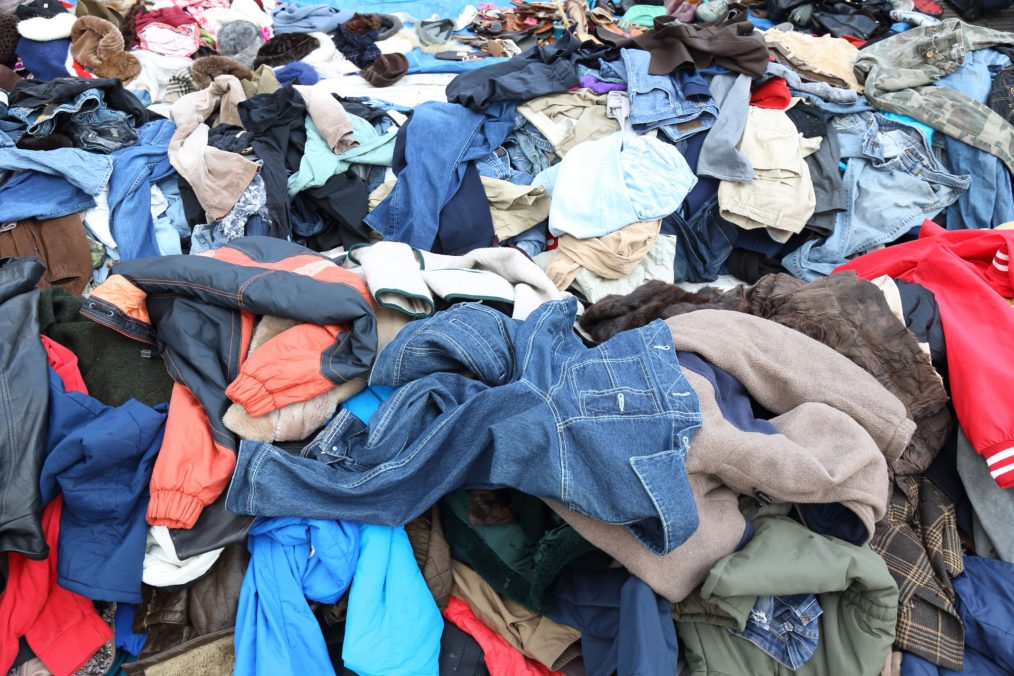
Fashion: this season’s reputation risk
The list of sectors being scrutinised for their practices grows by the day. Following hot on the heels of Banking and Financial Services; Food and Drink and Energy, Fashion is the latest sector drawn in to the spotlight and challenged on the way business is conducted. This is following recent publication of the House of Commons Environmental Audit Committee report on Fixing fashion: clothing consumption and sustainability.
The report reveals practices that call in to question the reputation of the sector as well as that of the key players within it. This has the potential of a heavy-handed response from governments and regulators as they step in to address the issues. And as we’ve seen with other sectors, the likely outcomes having a negative effect on the business models and profits of retailers.
Consumers – for the moment – seem unconcerned with the issue (ASOS, the poster child for fast fashion retail reporting an annual growth in sales of 13%), which might explain why retailers have been so slow to address the issue.
Yet, they’ve had plenty of time to plan. There has been a drip-drip of negative stories related to the impact of so-called ‘throw-away fashion’ for many years. These stories first centred on the human cost of producing cheap clothes such as the Dispatches investigation that found some factories in the UK paying workers less than £3per hour. Recently the focus widened to include the environmental cost for example, a BBC report that found 3 in 5 new fashion items end up in landfill or incineration within a year of being purchased.
Where there are comparisons to banking is that fashion seems to be blinded by growth – the unshakeable belief among many execs that if there is customer demand and revenues are growing, then there is no issue to address.
There are some retailers tinkering round the edges attempting to do something meaningful e.g. M&S’ Shwopping initiative and the TK Maxx clothes recycling programme but these are tactical initiatives when it’s a strategic response that this type of threat requires.
Fashion, by its very nature, can turn on a hairpin and consumer tastes shift. And the signs of a shift are there: a significant rise in ‘upcycling’ and recycling with some up-and-coming fashion brands now focussed entirely on recycled materials and/or ‘designing out waste’. At the moment these are niche, but with young people today more aware and concerned than ever about environmental issues, it probably won’t take long for this niche to go mainstream.
The industry needs to work together to fix its reputation and reduce its negative impact on the planet. Perhaps the prospect of losing customers will make it act?
